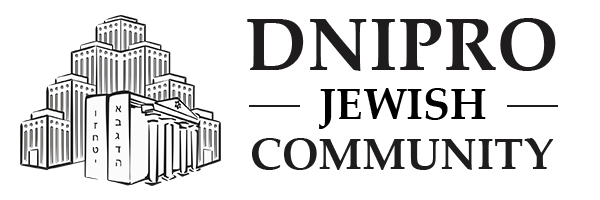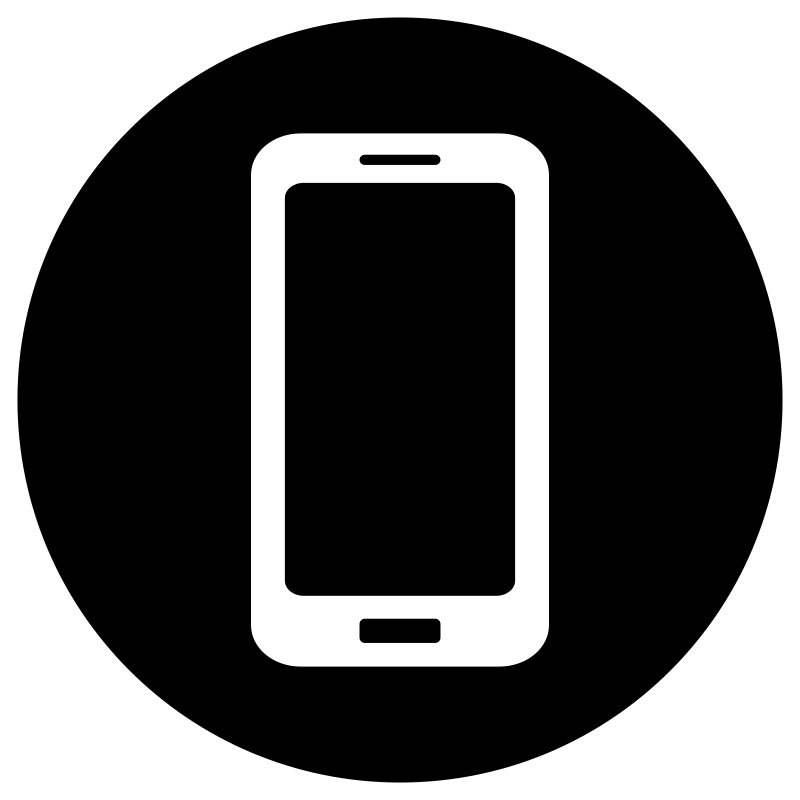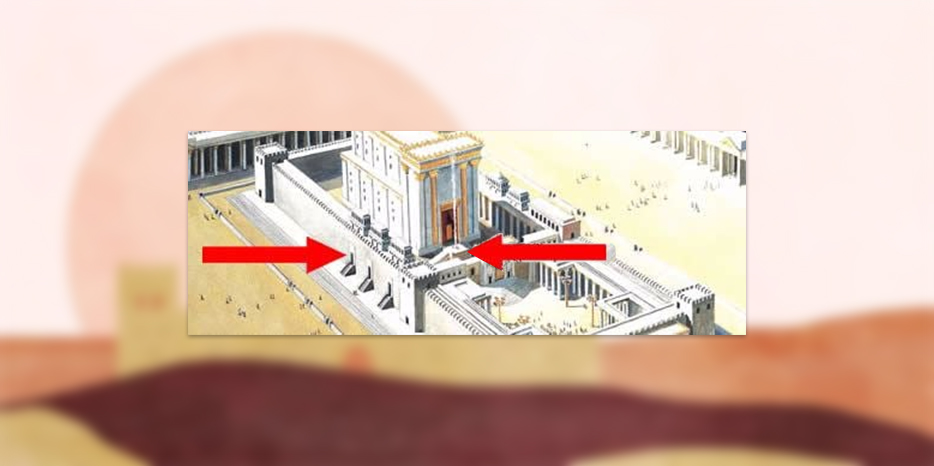In the days leading up to the 9th of Av — the day of mourning for the destruction of the Temple — Jews around the world dedicate special attention to studying the laws related to the Beit HaMikdash. This is not merely a remembrance of the past, but a step toward the future rebuilding of the Temple.
Our website continues the series of materials for study during this period — about the history, structure, and spiritual essence of the Temple.

Mizbe’ach Ha’Chitzon – The Great Altar
This Altar served a variety of uses. The top was used to burn the various sacrifices offered in the Bet Hamikdash.
The walls of the Mizbe’ach were used for the “Zerikat HaDam” (sprinkling the blood of certain sacrifices) as established by the Torah. It was accessed by a series of ramps, built on its southern side.
The Altar was made of small stones, lime, pitch, and glazing. The stones were perfectly smooth, with no nicks or scratches that could be detected with the thumbnail. These stones were never touched by metal, because metal is believed to shorten the life of man, and the Altar represents the lengthening of life.
The Outer Mizbe’ach consisted of three platforms stacked to form a square pyramid.
To the south of the Mizbe’ach stood a large ramp, which enabled the Kohanim (priests) to ascend to the Altar’s roof
There were also two smaller ramps, that led to a ledge which surrounded the Altar.
This ledge was called the Sovev – “around” as it was possible to circle the Altar using this ledge. (The additional ledge lower down, did not completely surround the Altar)
The Red Line
The blood of certain sacrifices was spilled on the upper part of the Altar’s wall. While the blood of the other sacrifices was poured onto the lower half. To separate the two levels, a red band (Chut Hasikrah in Hebrew), surrounded the Mizbe’ach at mid-height. To further emphasize this border, there was a floral design above the red line.
On top of the south western corner of the yesod, the base, two drains were carved. The blood remaining from the ‘spilling of the blood’ service, was poured into these drains.
Makom Hama’aracha – The Place of Arrangement
Three stacks of lumber were arranged on the Altar’s platform:
The Large Arrangement – used for burning the animal sacrifices.
Fuel for the burning of the Ketoret, offered twice daily on the small Mizbe’ach (Mizbe’ach Hazahav).
Wood lit by the Kohanim to perform the Mitzvah of igniting the Altar every morning.
In the center of the platform was a large pile of ash that accumulated from the remains of sacrifices. It was called ‘the Apple’ because of its fruit-like appearance.
The Cornerstones
The Altar had four cornerstones which were hollow and open to the top. Their dimensions were an amah by an amah, and five tefachim high.
There were also two basins built onto the southwestern portion of the platform. They were used on the festival of Succot for the Water Drawing ceremony.

Shaar Hamayim – Water Gate, and its adjacent chambers
During the festival of Sukkot, the Kohanim drew water from the Shiloach Brook, and brought it through this gateway. The water gate was open only during the festival.
Mikvah – The Ritual Bath
Above the water gate was a mikvah. It was used only once a year, by the High Priest on Yom Kippur.
On that Holy Day, the High Priest immersed himself five times in a mikvah. The first immersion was done here. This mikvah above the water gate, may also have contributed to the Gate’s name.
The water gate took its name as well from the narrow stream of water that flowed from beneath the foundations of the Heichal, across the courtyard, and out through the Water Gate.
Lishkat Avtinus – The Avtinus Chamber
To the right of this gateway (inside the Azarah) was a chamber called the Lishkat Avtinus.
In this room, the incense that was offered on the golden Altar was compounded. The chamber was named after an illustrious family of spice makers. They knew of a certain ingredient, which, when added to the incense, made the smoke rise in a straight column. They refused to divulge the name of this ingredient lest others use it for idol worship.
During the Second Temple period, the High Priesthood was a political appointment based on reasons other than merit. Often the priest was unable to read Hebrew.
It was in this Chamber of Avtinus that he was taught how to present the special Yom Kippur incense offering, which was burnt in the Holy of Holies.
In Addition to the Water Gate, the Southern side of the Temple also had several additional gateways: Sha’ar HaBechorot – Gate of the Firstborn; Sha’ar HaDelek – The Firewood Gate and Sha’ar HaElyon – The Upper Gate.
Sha’ar HaBechorot – Gate of the firstborn
Sacrifices are divided into two types: those of greater and those of lesser sanctity. Those of greater sanctity had to be slaughtered north of the Altar. Those of lesser sanctity could be slaughtered anywhere in the Azarah, even in the southern area.
The firstborn offering was one of the more common sacrifices of lesser sanctity and was therefore brought into the Temple through a southern gate — to indicate its relative unimportance.
Some say that when Abraham brought Isaac, his firstborn, to be sacrificed upon the mount he walked over this area.
Sha’ar HaDelek- The Firewood Gate
The forests of Jerusalem were located west of the Upper City. The wood was cut down and brought in through the Kiphonus Gate, the only gate on the western side of the Temple wall to lead directly onto the Temple Mount.
The wood could not be brought in through the western gates surrounding the Azarah, because those gates were narrow and small.
The wood had to be carried around to the southern part of the Azarah and brought in through one of those gateways, which was called the Gate of the Firewood.
The firewood from the Wood Chamber was also brought into the Azarah through the Gate of the Firewood.
Sha’ar HaElyon – Upper Gate
The upper gate – not to be confused with the Nikanor Gate that was also called the Upper Gate – was the highest point on the Temple Mount.




